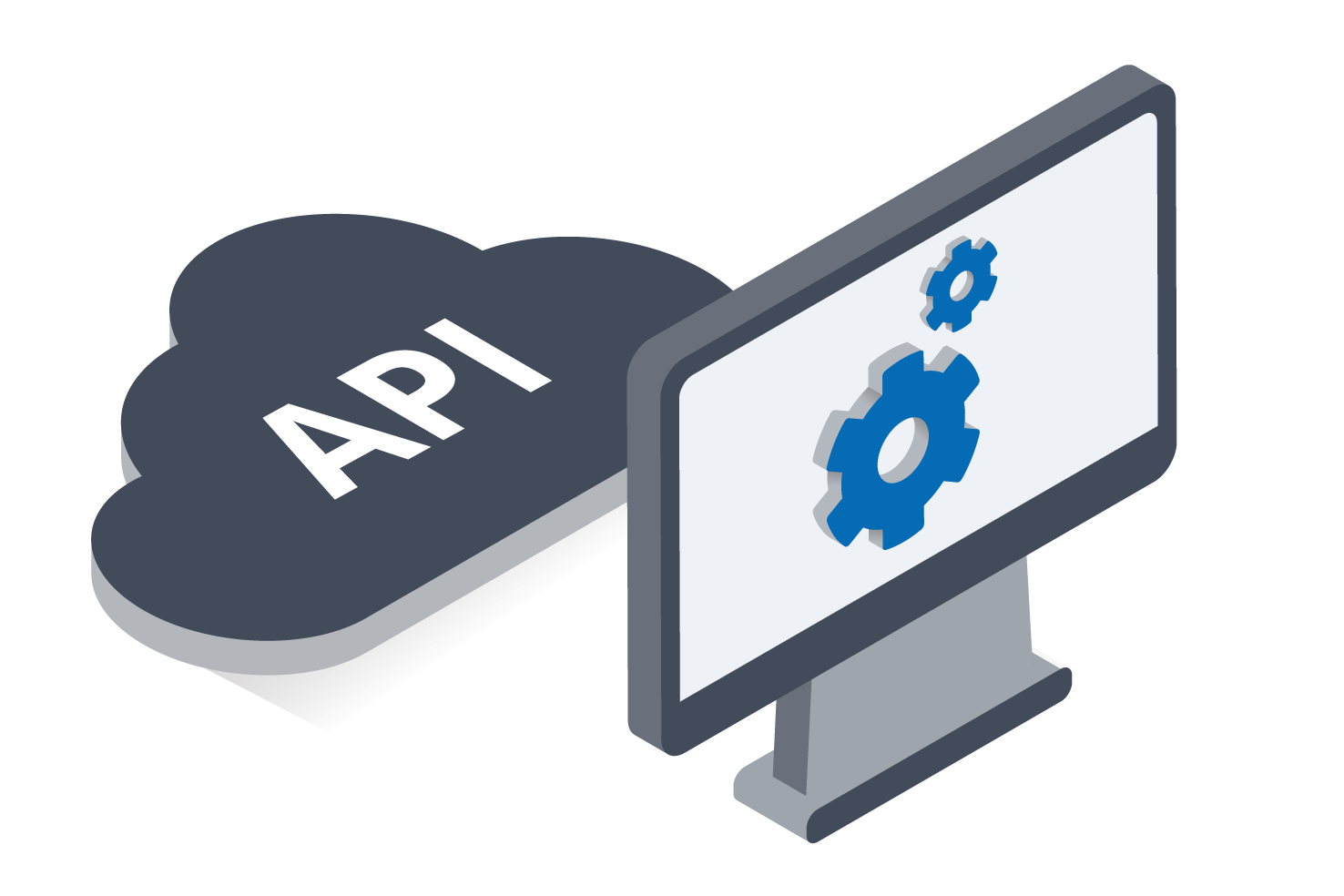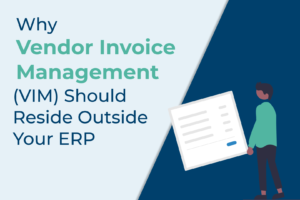Introduction to API
Application Programming Interfaces, or APIs. are now regarded as an indispensable piece of the digital transformation puzzle. But before we explain the importance of API, it’s essential to understand what it is, and even more importantly, how it rose to digital prominence.
An API allows certain applications to access data and services from external entities. These can be third-party consumers, internal users, or simply systems looking for data. However, an API is not to be confused with the source of information itself. Instead, an API is a type of software intermediary which acts as a messenger, taking incoming requests and passing them onto the appropriate system or software, which then completes the request.
Why does this make APIs so impressive? Because APIs are an extremely reliable and secure way to communicate between two disparate systems. External users can easily request data access without vulnerability to corruption or malware. APIs provide a secure channel to the desired information while respecting all existing security protocols and data protection rules.
The evolution of APIs
Believe it or not, APIs have been the access points to services since the early days of the World Wide Web. The main difference is how they are used now as compared to when they were first introduced.
Although the underlying definition of what an API does hasn’t really changed, its modeling and applicability have with every iteration. Initially, APIs were more restricted and privatized. Now when most of how things work are possible because of digital services.
In its initial implementation, API was an XML-based data exchange standardized as what is today known as Simple Object Access Protocol (SOAP). This method dictated a specific format required for data communication over the web.
Today, API has become increasingly intertwined with web services. This allows it to function more intricately with the established network of interactive interfaces constantly looking for data.
It’s all around us
As the API economy progresses, the impact is becoming more ubiquitous than ever before. Most of our digital footprint (be it professional or personal) is largely governed by the involvement of APIs.
This includes everything from sophisticated banking services to social media and streaming platforms. Whether you’re booking a ticket to your favorite destination or making payments online; API is the primary link between consumer data demands and the services that fulfill them.
The role of API in business
Improved Collaboration
APIs can help build better connectivity with other businesses, in a sense improving collaboration and helping companies reach certain markets or consider certain strategies that couldn’t have been possible otherwise. Without APIs, connectivity becomes difficult, creating silos in the work environment.
Secure Data Transmission
APIs are essentially responsible for opening up gateways to a wide range of users, which can naturally be vulnerable to data corruption and attacks. APIs are designed for security to make data handling more reliable. The simplicity and security of data exchange with APIs are almost unparalleled in the current business scenario.
Easier Integration
An API is compatible across different applications and systems, allowing for cross-platform integration. This enables a diverse data-driven environment to execute various tasks and processes in real-time.
Better Automation
APIs can automate a large part of manually dominant processes. Because of this, companies can eliminate manual workflows to improve the transition between linked applications and services.
Enhanced Customer Experience
These days, the demand for top-notch customer experience is more widespread than ever before. With APIs, enterprises can offer a personalized, one-stop digital experience that improves customer relationships and retention.
Types and Protocols
As of this writing, web APIs are the most widely used. These are examples of some of the most common types:
- Open APIs have defined endpoints, request, and response formats for developers. As the name suggests, an Open API allows external users access without many restrictions. They are also known as public APIs.
- Partner APIs can only be accessed by business partners. These types of APIs are not publicly available, and users require proper credentials to access them.
- Internal APIs are strictly intended for use within company limits without granting any access to external or outside parties. This can help improve a company’s communication and various important processes.
- Composite APIs can combine multiple data sources and services. They can access several endpoints in a single API call. Therefore, they are useful for requests that can require data from various sources.
In addition, certain protocols have been defined to standardize the specifics necessary for using APIs:
- REST (Representational State Transfer) is one of the most popular API architectures which must adhere to certain specifications, such as client-server architecture, statelessness, and a layered communication system.
- SOAP is structured to be a communication-neutral protocol which can be used over HTTP, SMTP, TCP, and more. This adaptable model is independent of any single programming language. SOAP APIs make data transfer and sharing between components running in different environments easier.
- Both XML-RPC and JSON-RPC are simple remote procedural call protocols, with one using the XML format, and the other using JSON. Even if the call contains multiple parameters, only one response or result is expected.
What’s next?
Monetizing an API is arguably the biggest contributor to the API economy. Organizations are leveraging their data assets by making API available to consumers at a cost and so far, it seems to be advancing progressively.
The future of API is largely synchronized with automation. API business models are becoming more event-driven, using intelligent decision-making to revolutionize customer experiences.
With the revamp of communications and networking capabilities happening globally, we could be looking at better mobile performance as well. This would improve real-time data processing of data with minimal downtime and delay.
But what’s in store for process automation and document management when it comes to API? Let’s find out.


